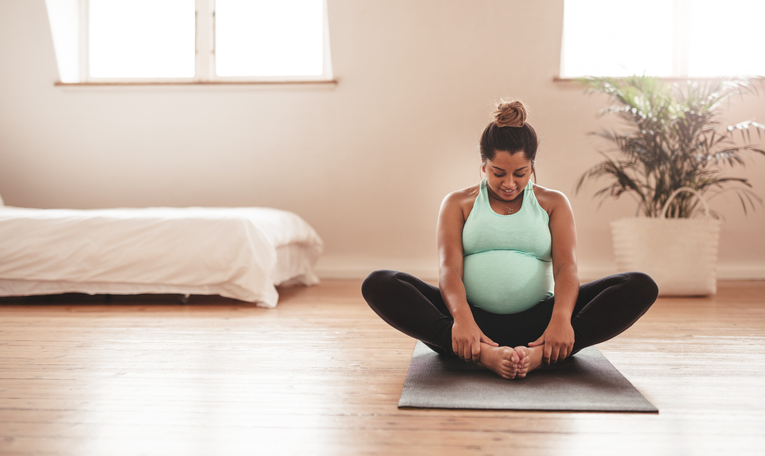Staying active during pregnancy is good for your health and that of your growing baby. However, pregnancy-related complications or conditions such as high blood pressure, diabetes, obesity, preeclampsia, liver disease or rare diseases like hemolytic disease of the fetus and newborn (HDFN) can require a more moderate approach to exercise, favoring low impact physical activity.
When a pregnancy is classified as high-risk, closer monitoring and greater caution are key to ensuring the best outcomes.
Learn more about HDFN symptoms and risks
What is HDFN?
Hemolytic disease of the fetus and newborn (HDFN) is an immune-mediated red blood cell (RBC) disorder that occurs when a baby’s RBCs break down quickly, which is called hemolysis. HDFN is caused by a mismatch between a mother’s and her baby’s blood type (A, B, AB, or O) or Rhesus (Rh) factor (Rh-positive or Rh-negative) during pregnancy. Numerous antibodies to RBC antigens can be linked to HDFN, such as those from the ABO and Rh blood group systems.
Benefits and risks of exercising during a high-risk pregnancy
You may not feel inclined to exercise during your pregnancy; you may feel too tired or too anxious. While it is important to follow strict medical guidelines and avoid high impact activities, there are a number of benefits of regular activity during high-risk pregnancies.
Mild, regular movement and activity will support your cardiovascular health, improve circulation and boost your mood. It will also prepare you physically for carrying your baby throughout your pregnancy and preparing you for labor and birth. Associated benefits can include:
- Better sleep
- Increased energy levels
- Reinforced muscle strength
- Extra flexibility of muscles
- Easier weight control
- Reduced risk of diabetes
If you are in good physical form during your pregnancy, your postpartum recovery is also likely to be easier.
Recommended exercise for high-risk pregnancies
Your doctor will give you clear guidelines on the best exercise for you and how often you should be planning to be active. As well as going for regular walks, prenatal yoga or mat-based Pilates classes are low impact activities that can both reinforce and stretch your muscles.
Choose a class or activity where the instructor is qualified for coaching pregnant women, and make sure they know you’re pregnant. Remember to warm up and cool down, drink plenty of water, listen to your body and adapt your activity accordingly. Don’t let your body overheat, and don’t overdo it.
Swimming is also a good option, as you can adapt it to your needs and physical capacity. It is low impact and easy on the joints, and the water helps support the extra weight of the baby. Respect all the usual safety rules, and don’t swim alone or just after eating. Be careful not to become too fatigued in the water.
Activities to avoid
Any kind of contact sports are to be avoided, as well as any high impact or vigorous activity. The risk of injury or overheating is potentially very dangerous for you and your baby, and the benefit of strenuous exercise during this time is not worth the risk.

